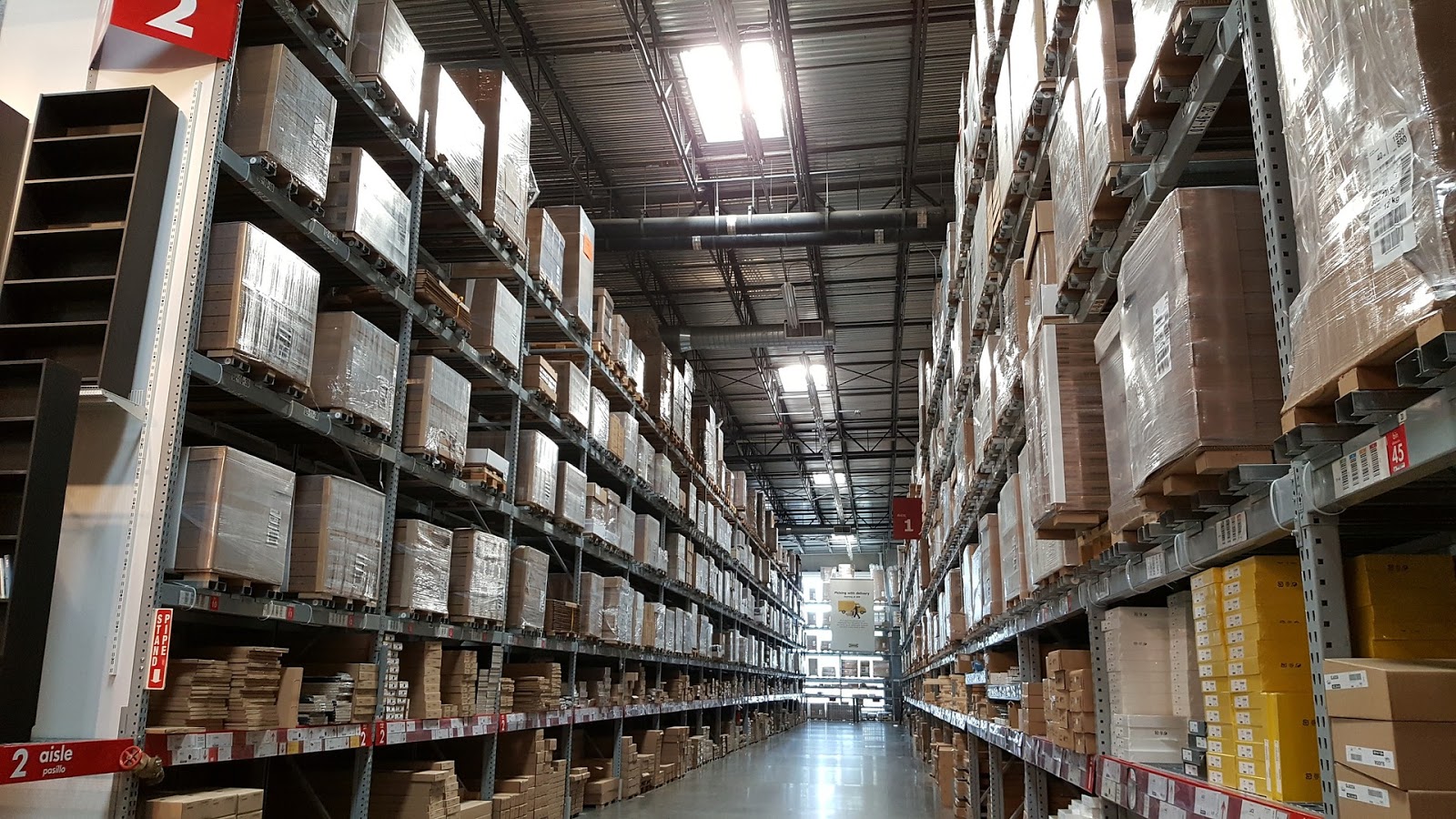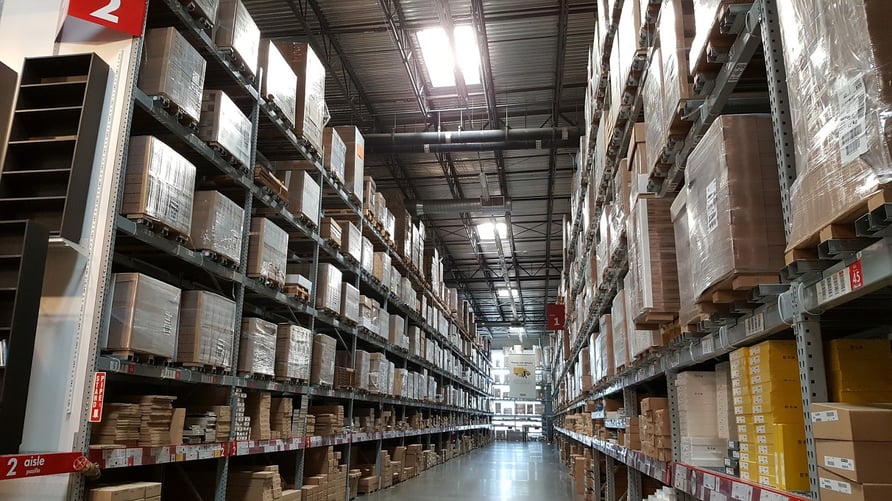"Permanent" Storage Locations - The good, the bad and the ugly

 We have witnessed scenarios where order pickers head off to a SKU's "permanent storage" location, at the farthest corners of the warehouse, to pick cases of product to fill shopping orders. The problem here is that pickers are traveling to bulk/reserve locations to perform their picking duties for fast, medium and slow moving items and in addition...
We have witnessed scenarios where order pickers head off to a SKU's "permanent storage" location, at the farthest corners of the warehouse, to pick cases of product to fill shopping orders. The problem here is that pickers are traveling to bulk/reserve locations to perform their picking duties for fast, medium and slow moving items and in addition...
If your picking team is going the extra mile (literally) to pick product from "permanent storage" areas, ask yourself just how efficient can it be to make repetitive carton picks from pallets meant to be in storage, instead of from picking locations.
How could one address this issue?
Potentially using a "Dedicated Pick Area" or "Picking Module" in an area specifically designed to enhance order picking operations. It may be something as simple as racks containing cartons (and possibly eaches/ units if you ship that way), or it could be as advanced as a flow rack area which may even utilize pick to light or voice picking technology.
It can also be quite useful to have the picking area be located close to the packaging and shipping area so that it can operate as efficiently as possible, with the fastest moving items located closest to the pack / ship area to reduce picking travel time. After all a huge percentage of a pickers time is spent travelling so if you can reduce this aspect you've gone a long way to enhancing productivity.
If your facility has a space constraint issue and you do not have room for a dedicated picking area, then you should potentially aim to have your fastest movers in “permanent locations” and replenish in at least the storage unit of measure, i.e. a pallet, but in all likelihood if products are really fast movers then you may need several positions located together so as to reduce your replenishment activity each day. For the slower moving items it really depends on the amount of space that you have in your facility, but for those with space constraints it's probably a good idea to have dynamic pick locations for the slower movers, by doing this you should only replenish what you need to fulfill a day or week's worth of orders and once those orders are picked the pick face will then be available for the next product to be picked from there.
My quick take on "permanent storage", I don't really think that any location in the warehouse should be considered as “permanent”.
A warehouse should focus on distribution and flow of product - not parking it somewhere permanently and forgetting it, even if "permanent" really means 90 days.
Depending on your business type you should really be reviewing your SKU location allocation based on either pick rate, seasonality, replenishment activity, picker travel time and many other variables. At a minimum you should aim to do this once a quarter, but again based on your business type the more regularly you do this better your chance of reducing wasted time in your facility.
Never miss a post! Subscribe to our blog and get Supply Chain Junction’s latest content (from expert tips to the latest industry trends and more) straight to your inbox.
TAGS
- WMS (51)
- Warehouse Best Practice (46)
- Implementing a WMS (29)
- Managing your warehouse (19)
- Omni Channel (18)
- eCommerce (18)
- Blog (16)
- Supply Chain Best Practice (16)
- Customer Journey (9)
- Mid-Level (8)
- Warehouse optimisation (7)
- General Tips (5)
- Industry General (5)
- Information (5)
- Trends (5)
- managing your Supply Chain (5)
- saudi arabia (5)
- Press Release (4)
- smart warehouse (4)
- 3PL (3)
- News (3)
- ERP (2)
- Entry-level (2)
- ROI (2)
- Case Study (1)
- OMS (1)
- Picking (1)
- Solution-Specific (1)
- Transport Management System (1)
Take A Look At The Results Of A Successful WMS Implementation.
See how Tarsus Distribution, in collaboration with SCJ boost overall efficiency by 60%





